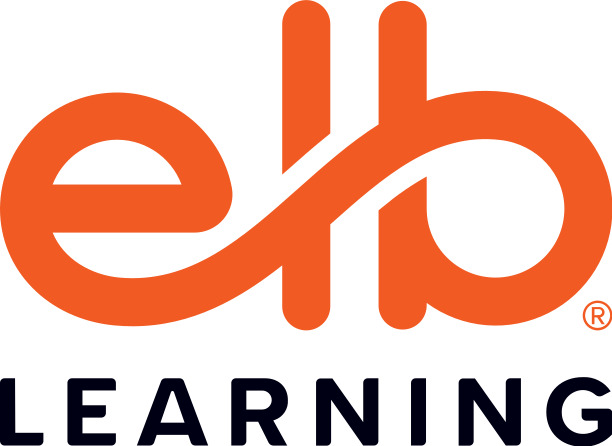ATD Blog
How to Leverage Nudge Theory and Gamification to Motivate Your Learners to Train
Fri May 16 2025

Richard H. Thaler, a behavioral economist, and Cass R. Sunstein, a legal scholar, explained that despite our best intentions, we do not always make the best choices. We tend to rely on habits or biases or take the easy path. Nudges can push us in a certain direction or remind us of things we have forgotten to do.
Instructional designers can apply elements of nudge theory to increase engagement in learning activities. The way that you curate the learning environment, notify and remind your audience about learning opportunities, and motivate them to stay engaged can influence what and how they learn.
Getting Started
First, conduct a training needs analysis. In addition to outlining the curriculum itself, consider what is necessary or timely versus what you will need to remind people about over time. Nudges can be very useful when you want to engage learners before or after a formal training session.
Next, consider your target audience. Who is more likely to respond to different types of nudges, and how many nudges will it take to engage them? You can look at analytics for overall engagement trends. Find out what people are interested in, how they like to engage, and what drives their choices. Keep in mind that nudges promote, but do not guarantee, certain types of behavior, so do not expect a 100 percent response rate. Instead, set goals to motivate more people than you would have otherwise.
Gamifying Your Approach
Gamification, or applying game-based elements to learning activities, can improve the effectiveness of your nudges. Points, badges, leaderboards, and rewards provide additional incentives to engage. Here are some of the ways gamification can help:
1. Make it easy to participate. When you're trying to nudge people toward training, you can “cut through the noise” by lowering the barriers to entry. Present your content in a fun, user-friendly way and make it easy for players to play. For example, use a gamification platform like Arcades™ to curate and create a fun space for playing learning games. Then send notifications whenever new games are added and set up single sign-on (SSO) to make it easier for players to log in.
2. Set social norms. People often make decisions based on what they see other people doing. So, nudge learners by showing them how other people engage with your learning games. For example, leaderboards drive competition, but they also show how many other people are participating. Recurring events like weekly, monthly, or “Beat the Boss” challenges nudge people to engage regularly in your training program.
3. Remind people to learn. Whether people are busy, distracted, or procrastinating, they will forget things. Games offer rich analytics that will help you track engagement and set up well-timed nudges. For example, if you see that people are more likely to play learning games on Friday afternoon, send out a nudge on Friday at lunchtime. To make nudges more effective, keep the messages short, 70 words or less, send them at reasonable intervals, and only send them to the people who will directly benefit from the training event.
4. Support goalsetting. Gamification nudges people to set goals and incentivizes goal-related behavior. For example, you can award badges for playing a certain number of games or extra points to players who complete the training within a specific period.
5. Keep it simple. Learners are less likely to respond to nudges when their training is complex, monotonous, or difficult to navigate. But well-designed games grab attention and provide a fun and engaging learning experience. Not only are short games more likely to drive engagement, they also force you to reduce complexity and focus on what content or skills are most important.
The next time you construct a learning experience, consider when and how to give people a nudge. Then use gamification to support a culture of fun and continuous learning that can improve engagement and performance.
Interested in learning how to create innovative, interactive e-learning content? ATD’s Articulate Storyline Certificate will show you how to use this powerful tool.

